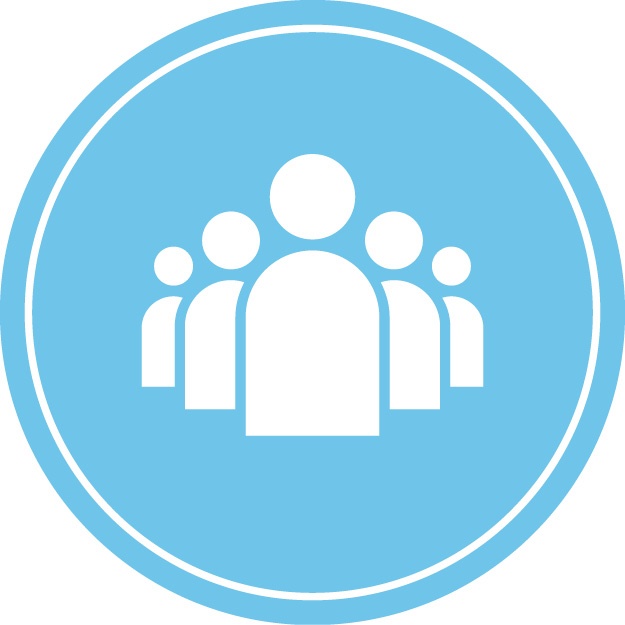5 Well-Being Lessons Learned From 45 Years in the ICU

by Kara O'Dempsey
There isn’t a typical day in the life of an Intensive Care Unit (ICU) nurse. There isn’t a sense of predictability that a nurse feels when they walk through the doors of their unit. There isn’t a guide book that can be followed. It’s called the Intensive Care Unit for a reason — it’s intense, because it’s unpredictable.
The only constant is that you will be caring for critically ill patients in a high-pressure environment. However, while every day brings new challenges, new people, new stories and new hope, there are consistent well-being lessons that emerge over time. Lessons that veterans of the ICU look at and know could help save a person’s life, or more importantly help them avoid ending up in the ICU all together.
We spoke to Teryl Schawk, a Naples resident and retired ICU nurse of 45-years, and compiled a list of the top 5 well-being lessons she learned on the job. Lessons that she says could mean the difference between life or death.
Lesson #1: Life is fragile, handle with care
Being around critically ill patients is a constant reminder of just how fragile life is and to not take our health granted. Too often, I see others forget that, especially younger people. Sadly, teenagers are regular patients of the ICU. It’s hard to imagine once young, healthy and vibrant individuals, hooked up to numerous machines fighting for their lives, but unfortunately this scenario plays out far too often. What’s the cause? Invincibility. The misconception that “something bad would never happen to me,” makes high-risk behaviors no longer high-risk in the eyes of adolescents. Consequently, activities like car surfing, drag racing, diving into unknown water depths, speeding, etc. become reasons that teenagers end up in the ICU.
“Kids make choices that often times parents can never imagine until they have to face it head on,” says Schawk. “I can’t tell you how many times parents would say to me, ‘why would my child do this?’ Being aware of the latest trends, challenges or ‘cool’ thing happening in social circles helps to remove these blinders.”
Lesson #2: Sometimes will is more powerful than prognosis
There have been times in the ICU when the odds of living are stacked up against the patient. I have seen instances when despite best efforts, all hope seems to be lost and family members begin saying their goodbyes, only to see the patient rally back towards stable health. It’s almost as if their will to live defies their body’s condition and has the final say. Yes, sometimes unexplained recoveries occur and miracles do happen.
Lesson #3: An ounce of prevention is worth a pound in cure
Heart disease and type 2 diabetes are common chronic diseases that greatly contribute to ICU admissions. In fact, chronic diseases are presently the leading cause of morbidity and mortality in the United States, yet more than 80% of chronic conditions can be prevented through the implementation of healthy lifestyle practices, such as diet, exercise and stress reducing activities.
Lifestyle encompasses the things we eat, the people we associate with, how we spend our time and the choices we make. All of these things work together to define our overall health and well-being. Choose wisely and you are choosing life.
Lesson #4: Nothing Runs on Empty
Helping to heal others in the ICU has its rewards, but at the same time, can take a toll on well-being. Long hours on your feet, constantly being on the move, missed meals, tending to others at their most critical time in need, and working to comfort families of patients can deplete your own emotional and physical resources. Self-care while helping others is not a question of “should I?” It’s a necessity. They say in an inflight emergency to put your oxygen mask on first before placing it on your children who are traveling with you. The same goes in healthcare. Taking time to downshift, exercise and feed your body with the nourishment it needs is the necessary fuel to keep going and provide the proper care that others need.
Lesson #5: There is power in the unquantifiable
It’s difficult to quantify the power of love, prayer and community in moments of life and death. It can be described through stories and experiences, but there’s no perfect science or data that a doctor can point to and prescribe. By the same token, there’s an unspoken sense of relief when a patient is surrounded by loved ones during their most critical moments, when a wounded officer has their entire department in the waiting room praying for them, or a room is filled with flowers and cards that a patient might not ever see but hopefully can feel.
For Schawk, it’s in the final moments of someone’s life that the power of the unmeasurable can truly be captured. It’s the patients who hold on until the last family member arrives, only to pass moments later. It’s the patients who whisper “the angels are coming for me” or account seeing a loved one who previously passed away, only for them to join that loved one shortly thereafter. It’s these stories that validate the power of love. It’s these stories that validate the power of companionship. It’s these stories that validate hope in life and in death.





